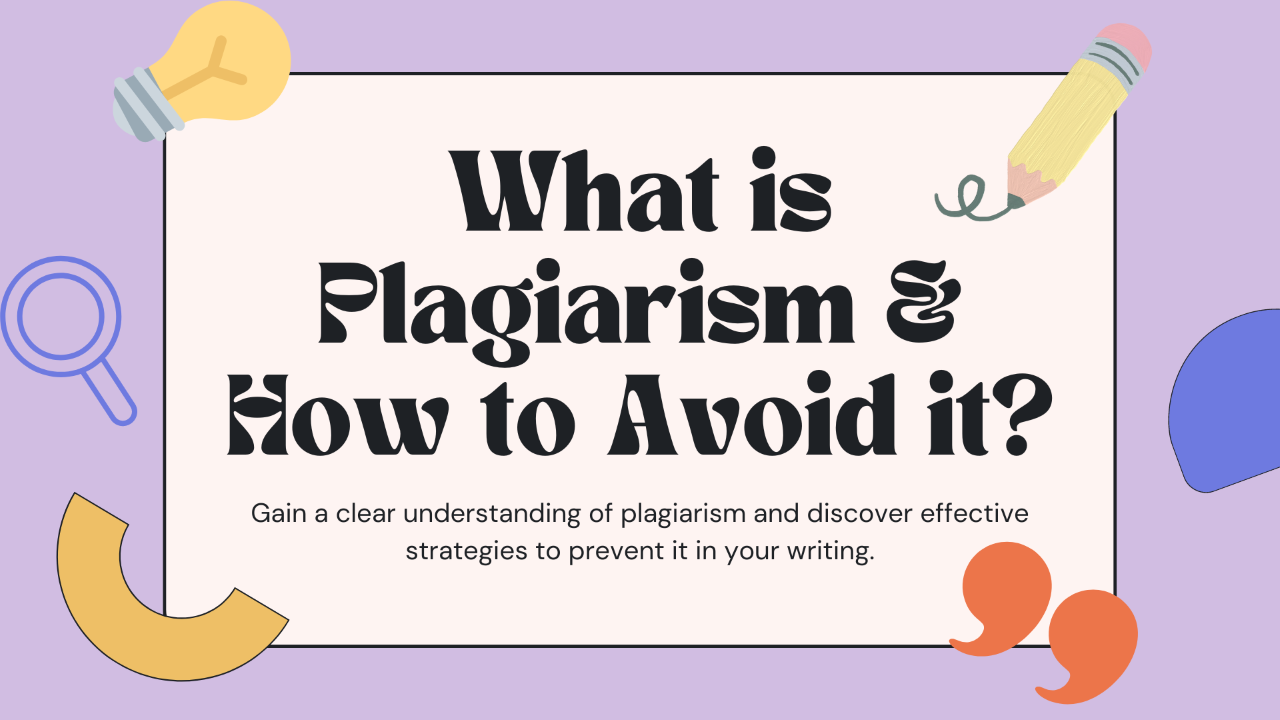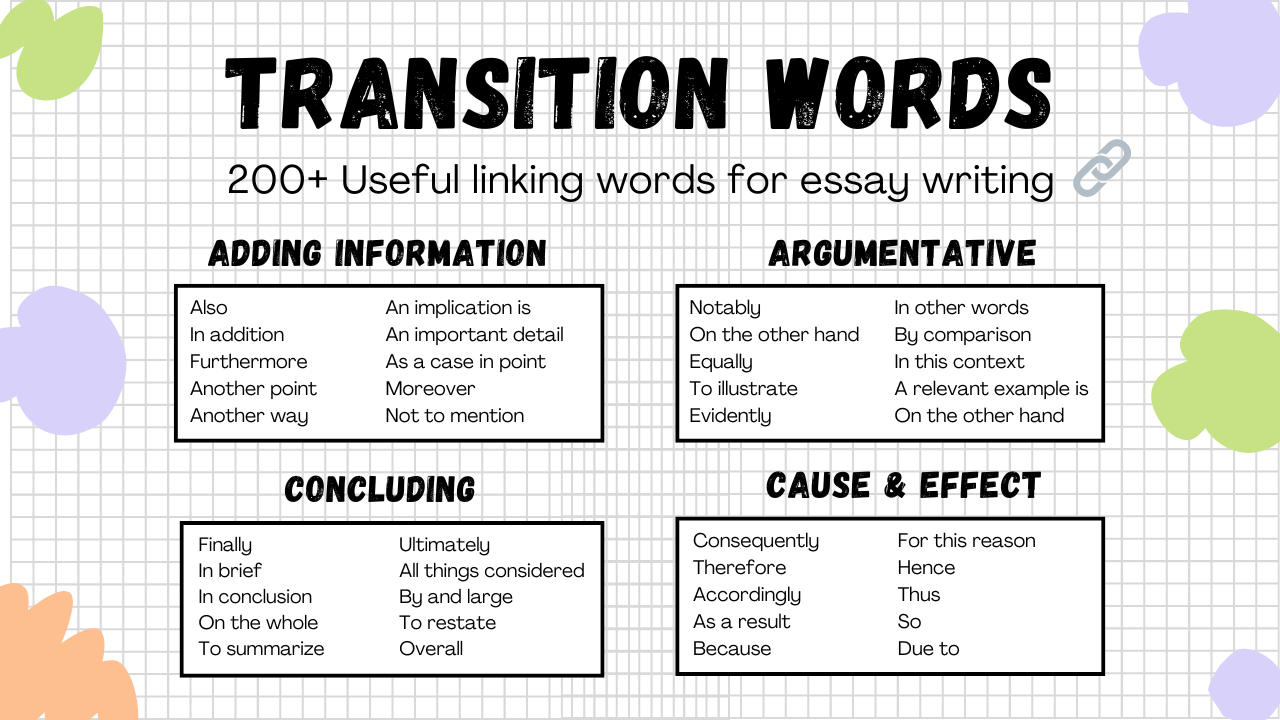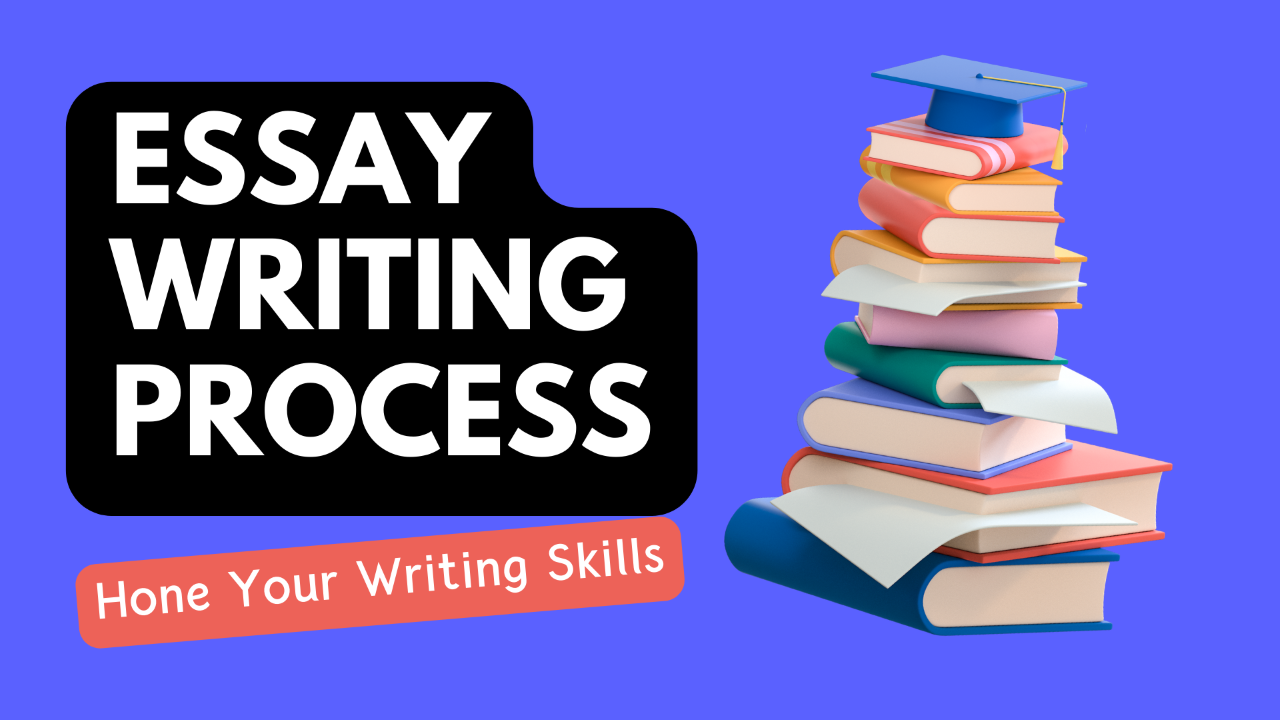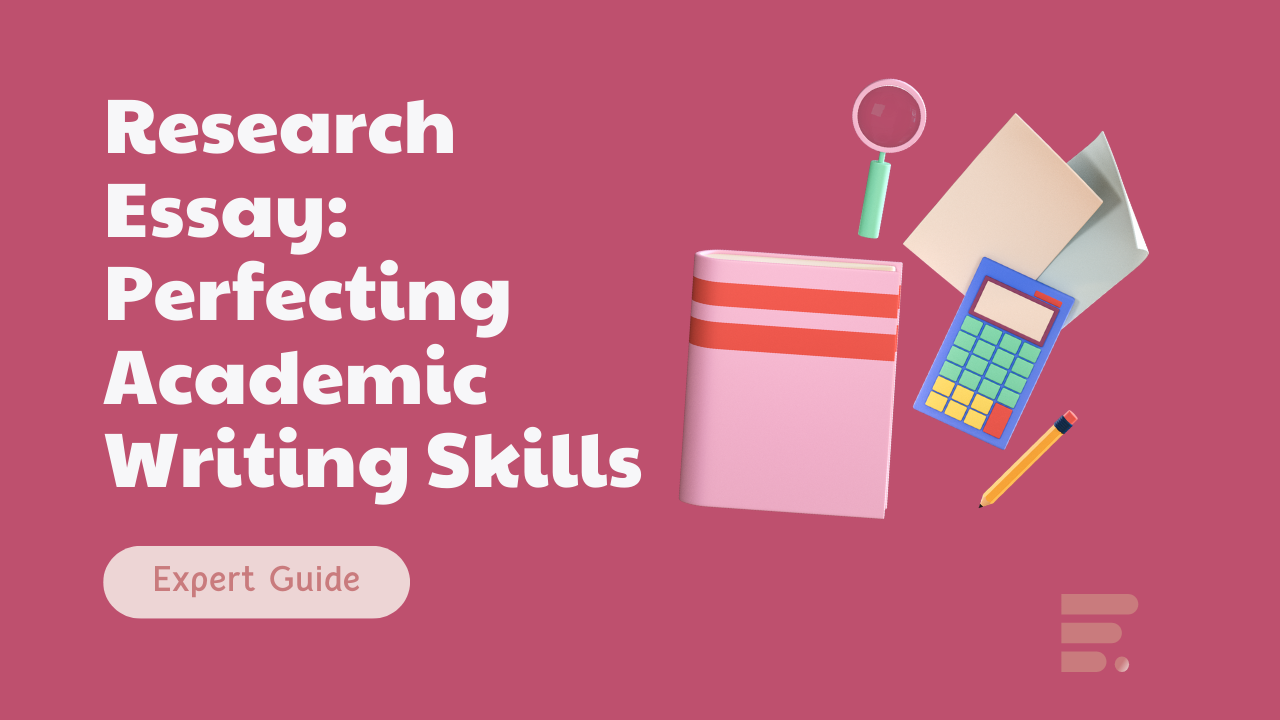
What is Plagiarism and How to Avoid it? Tips, Types & Examples
Plagiarism is a serious ethical offense that involves the act of using someone else's work, ideas, or words without proper acknowledgment or authorization. It is a form of intellectual theft that undermines the principles of academic integrity. Upholding academic integrity is crucial as it promotes fairness, honesty, and the advancement of knowledge within educational and research environments.
Definition and Importance
Plagiarism is an act of copying someone else’s work and presenting it as your own, without a proper consent from an original author. In academic writing, it means using other people’s work or any other source without their full acknowledgement and citing it properly within your text.
Academic integrity serves as the foundation for intellectual growth and credibility in educational institutions. It emphasizes the importance of originality, honesty, and ethical conduct in academic pursuits. By maintaining academic integrity, students and scholars demonstrate respect for the intellectual property of others, contribute to the integrity of their academic community, and foster a culture of trust and fairness.
To ensure the authenticity and reliability of scholarly work, it is essential to understand the significance of academic integrity and actively work towards avoiding plagiarism. By doing so, individuals can uphold the values of honesty, integrity, and intellectual rigor that form the cornerstone of academic excellence.
Types of Plagiarism

Plagiarism manifests in various forms, each undermining the principles of academic integrity. Understanding the different types of plagiarism is crucial for recognizing and avoiding these unethical practices. This section explores four primary types of plagiarism: direct plagiarism, self-plagiarism, mosaic plagiarism, and accidental plagiarism. By familiarizing ourselves with these categories, we can develop a deeper awareness of the actions that compromise originality and intellectual honesty in academic and research settings.
1 Direct Plagiarism
Direct plagiarism refers to the verbatim copying of someone else's work without any form of attribution or acknowledgment. It involves presenting someone else's words, sentences, or entire passages as one's own, without quotation marks or proper citation. This type of plagiarism is a clear and blatant form of violation and is considered a severe offense.
For example, when writing a research essay, a student directly copies paragraphs from a published article without proper attribution or quotation marks. This act of verbatim replication exemplifies direct plagiarism, which is a clear violation of academic integrity.
2 Self-Plagiarism
Self-plagiarism occurs when an individual presents their own previously submitted work or portions of it as new and original without proper citation or disclosure. It involves reusing one's own work in multiple assignments or publications, often to meet new requirements or deadlines. While it may not involve stealing someone else's ideas, self-plagiarism is still considered unethical as it misrepresents the originality of the current work.
A good example of self-plagiarism is when a scholar submits a conference paper that includes significant portions of their previously published work without proper citation or acknowledgement. By reusing their own content without disclosure, they engage in self-plagiarism, which undermines academic integrity.
3 Mosaic Plagiarism
Mosaic plagiarism, also known as patchwriting, is a type of plagiarism that involves borrowing or paraphrasing content from various sources without proper attribution. It entails piecing together phrases, sentences, or paragraphs from different sources while maintaining the overall structure and meaning. Although some words may be changed, the essence of the original sources remains intact, leading to a misleading representation of the individual's own work.
For example, A student is writing an academic essay and paraphrases multiple sources, but maintains the overall structure and key ideas from each source without proper citation. This patchwork of borrowed phrases and sentences without proper attribution constitutes mosaic plagiarism.
4 Accidental Plagiarism
Accidental plagiarism occurs when individuals unintentionally present someone else's work as their own due to a lack of proper citation or misunderstanding of academic conventions. It may happen when individuals fail to attribute sources correctly, misunderstand the need for citation, or improperly paraphrase or summarize information. While accidental, it is still considered plagiarism and can have serious consequences if detected.
For example, A researcher is compiling information for a report and unintentionally includes a few sentences from a source without proper citation due to oversight or lack of awareness. Although accidental, this failure to attribute the borrowed content is still considered plagiarism.
Consequences of Plagiarism
Plagiarism carries significant consequences that can have long-lasting impacts on individuals' academic and professional lives. Understanding these consequences is vital for fostering a culture of academic integrity and ethical conduct.
Academic Penalties:
Academic institutions take plagiarism seriously and often have strict policies in place to address it. Students found guilty of plagiarism may face a range of disciplinary actions, including receiving failing grades on assignments or exams, being required to retake courses, academic probation, suspension, or even expulsion from the institution. These penalties not only affect academic progress but can also have far-reaching implications for future educational and career opportunities.
Damage to Reputation:
Plagiarism tarnishes one's reputation within academic and professional communities. Being known as a plagiarist can undermine credibility, trust, and the perception of intellectual abilities. Peers, professors, colleagues, and potential employers may question an individual's integrity and ability to produce original, high-quality work. Reputational damage resulting from plagiarism can be challenging to overcome and may limit future academic and career prospects.
Legal Implications:
Plagiarism can have legal consequences, especially in cases involving copyright infringement. If copyrighted material is used without proper permission or attribution, individuals may face legal actions, such as copyright infringement lawsuits. This can result in significant financial penalties, legal fees, and damage to personal and professional reputation.
It is crucial to recognize that the consequences of plagiarism extend beyond the immediate academic setting. Upholding academic integrity and avoiding plagiarism is not only about adhering to ethical standards but also about protecting one's academic and professional future. By valuing originality and respecting the intellectual property of others, individuals can maintain their integrity, credibility, and legal standing.
How to Avoid Plagiarism

Avoiding plagiarism requires a proactive approach that involves understanding the principles of proper citation, referencing, and practicing effective quoting and paraphrasing techniques. By adopting these strategies, individuals can ensure their work remains original and ethically sound.
1 Understanding Proper Citation and Referencing
Develop a strong understanding of citation and referencing styles commonly used in your field of study. Familiarize yourself with formatting styles such as APA, MLA, or Chicago, and learn how to properly cite and reference sources within your work. Be diligent in providing accurate and complete citations for all borrowed information, including direct quotes, paraphrases, and summaries.
2 Practicing Quoting Techniques
When directly quoting from a source, use quotation marks to indicate the exact words taken from the original text. Ensure that you attribute the quote to the appropriate source by including the author's name, publication year, and page number. Avoid excessive reliance on quotes and strive to integrate them seamlessly into your own writing.
3 Practicing Paraphrasing Effectively
Paraphrasing involves expressing someone else's ideas or information in your own words while retaining the meaning. When paraphrasing, be cautious not to simply replace a few words in the original text. Instead, thoroughly understand the content, then express it in your own language and writing style. Remember to provide a citation to acknowledge the original source.
Additionally, it is essential to cross-check your paraphrased text with the original source to ensure accuracy and prevent unintentional similarities. Use reliable online plagiarism detection tools such as turnitin to verify the uniqueness of your work and identify any potential instances of unintended plagiarism.
By diligently following these practices, you can maintain the integrity of your work, avoid plagiarism, and uphold the principles of academic honesty and originality.
Frequently Asked Questions
Free Sample Essays & Papers
Download free PDF examples of essays and papers in various subjects, all with different citation styles! Get inspired, conquer writer's block, and find the perfect format for your next assignment. Click to download now!





